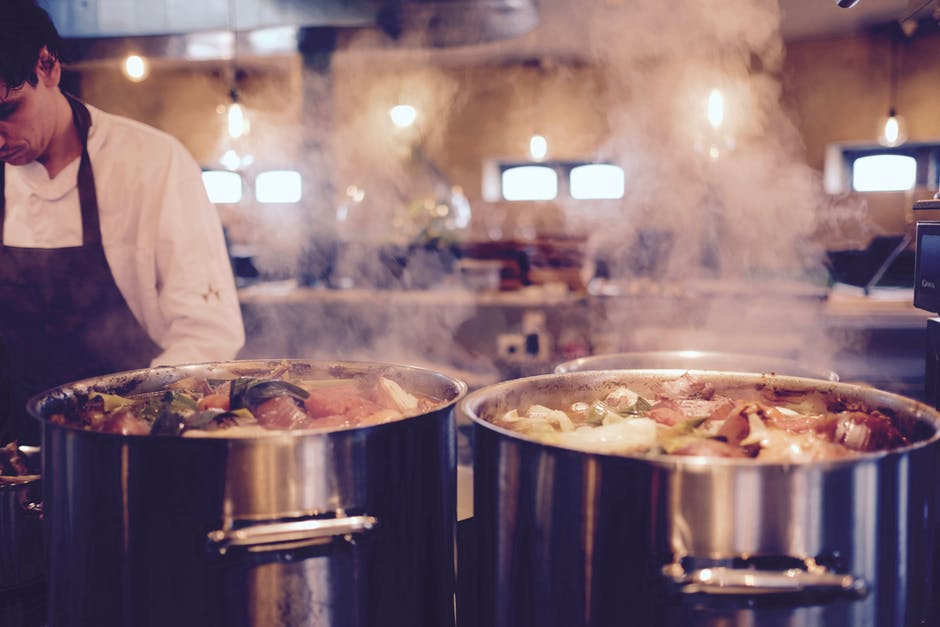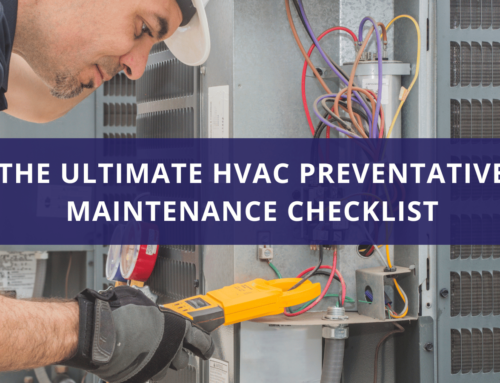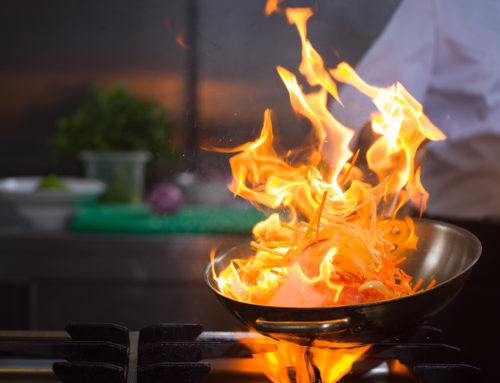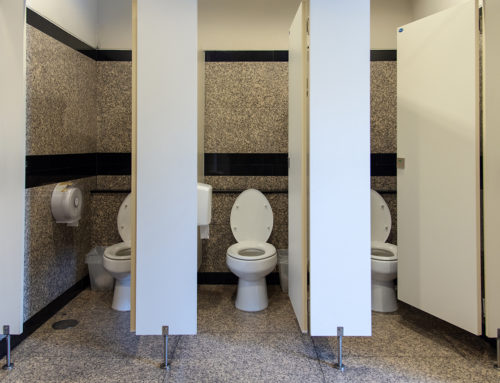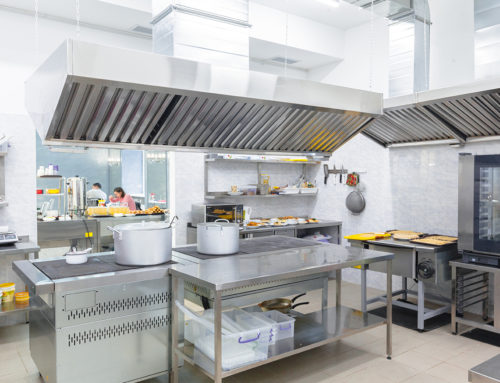Flashfire in the kitchen on a busy night: Are you confidently prepared with proper and operable fire suppression systems to ensure a positive outcome?
The fire marshal shows up unannounced at your door at the start of your busy season. Are your systems up to par? In compliance with all codes, regulations, and maintenance?
Both scenarios can occur at any moment and wreak havoc on your bottom line and your restaurant’s future in an instant if not managed.
Constant Threat
Commercial kitchens are under constant threat of a fire. The use of high heat, open flame, and combustibles for cooking combined with highly flammable waste create conditions for a potentially catastrophic fire. These conditions in a confined and populated space make your fire suppression systems critical. They need to be able to detect and suppress the fire quickly.
The challenge with adequate fire safety in restaurants today is the basics are well known but often ignored. Most general managers already know what they need to complete, but day-to-day actions often get in the way, thus leaving the restaurant and the bottom-line in jeopardy.
Regulations and Compliance
Not being compliant with regulations is the quickest path to restaurant closure without having a fire. The National Fire Protection Association, NFPA, is the governing body for fire safety-related codes and standards. Selecting equipment that is compliant and meets your requirements is one thing. However, more importantly, is the equipment needs to be reliable throughout its life. To ensure this, you must use the equipment as intended and maintaining it properly.
Here’s a quick overview of what you need to know:
NPFA 10 is the comprehensive code for all portable fire extinguishers. Commercial kitchens have their own class of fire due to the use of cooking oil and fat. Class K and wet chemical extinguishers are required to do the job. Water does not do the job; it makes things worse.
Automated ventilation and fire suppression systems are used to detect and suppress any cooking-related fires and are required. Refer to NFPA 96: Standard for Ventilation Control and Fire Protection of Commercial Cooking Operations. NPFA 13: Standard for the Installation of Sprinkler Systems. NPFA 17: Standard for Dry Chemical Extinguishing Systems, and NPFA 17A: Standard for Wet Chemical Extinguishing Systems for specifics.
Equipment must be UL 300 Standard compliant. The fire suppression systems must be flexible enough to accommodate a variety of activities and equipment underneath it. The evolution of new cooking trends calls for appliances that operate at higher temperatures for long hours and need consistent monitoring.
Compliance with regulations begins with the selection of proper equipment and is met ongoing through qualified, timely maintenance and copious documentation.
Common Operational and Maintenance Mistakes
Fire vendors have seen it all. It seems inconceivable these most common high-risk mistakes even happen. However, regular operational routines coupled with pressures to cut costs raise the stakes with fire safety and the potential for a devastating loss. Here are the top things experienced vendors see regularly and how you can fix them.
Cooking Equipment Moved Outside the Fire Suppression Systems
Most large commercial kitchens have appliances on wheels that are mobile to accommodate cleaning and operational activities. Cleaning crews often move the equipment to clean and do not re-align the equipment properly. This means that while you may have a top of the line fire suppression systems in place, it isn’t protecting you. When equipment is not aligned, the fire suppression systems designed to protect your most vulnerable areas instead protect nothing at all. Having nozzles pointed at floors, walls, and other non-cooking surfaces offer you zero protection.
Even with on-time inspections every six months, if you do not align appliances every time they are moved, you could be cooking for days, weeks, or months unprotected.
Solution: One fail-safe solution is to install wheel dock safety set brackets for all cooking equipment. In these systems, you can guarantee your staff returns the equipment to their proper alignment as the wheels lock down when precisely relocated under the exhaust hood.
Cleanliness of Floors and Walls
The exhaust ducts of the stainless steel hoods and filters will have build-up behind them due to the grease and fat used to cook. The build-up then goes through the roof blower. If not properly maintained, the whole system can catch on fire.
Solution: Clean regularly, clean thoroughly. Fire safety requires more than just a surface clean. Any grease build-up is highly flammable and needs to be minimized on an ongoing basis and not only at inspection time.
Kitchen Expansion
As a restaurant grows and expands, the kitchen grows with it. Suddenly the fryers are not large enough, or an additional cooking surface is required. You will go out, buy new equipment and start using it. The problem is, your existing fire suppression systems are not up to par nor set-up to handle the new of equipment. You essentially have zero or inaccurate fire protection.
Solution: Before putting any new kitchen equipment into service, evaluate, inspect, and configure your fire suppression systems to handle the demands of your new equipment or set-up.
Common Sense
Common sense and knowledge of codes and regulations do not always translate into common practice. Actions are what keep your business running safely. Don’t be like the worst-case tale another vendor shared with me recently. While inspecting a fried chicken restaurant and disassembling the fryer and filters, he heard a loud noise. The fryer caught fire with 3-4 foot flames. The staff rushed to put it out with a garden hose. They explained that they do this 2-3 times per week on average. The fire occurred due to the fryer vat having a hole in it that dropped directly through the burner. Thus igniting whatever is nearby.
Solution: Put your knowledge into action by making common sense common practice in your facility.
As the manager, you are responsible for overall coordination. Most fire vendors will come for inspection either first thing in the morning or just after lunch to minimize disruptions in operations. As a result, you will need to advise other shifts of the findings they communicate with you. It is never just “business as usual” when it comes to minimizing risk and enhancing fire safety.
Wrap-Up
No other risk-managed activity can shut you down faster than noncompliance with fire regulations or a devastating kitchen fire. Be your proactive first responder and evaluate your fire safety compliance and management today.
When in doubt, contact SLM Facility Solutions for a free cost analysis. We offer a variety of extinguisher and fire suppression system services that we tailor to your location needs so you can do less and get more done.

